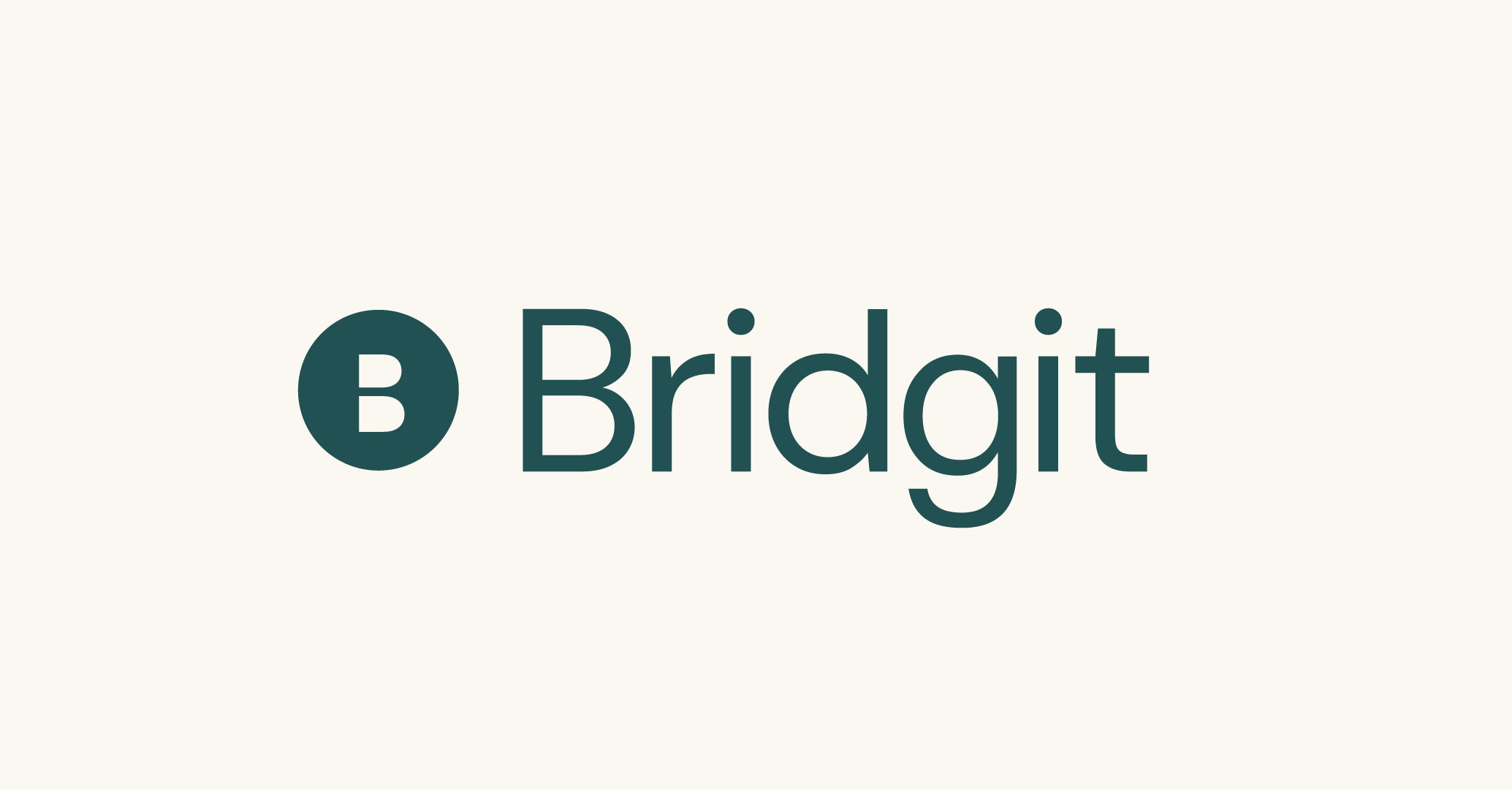Planning out construction workforce needs is crucial to ensure business success, but it’s often overlooked and neglected, as resources are often focused on project completion.
Table of Contents
While projects should rightfully be prioritized, maintaining the functioning of your business means proper and strategic workforce planning. After all, workers are the backbone of all construction projects, and being able to anticipate future labor needs ensures sustained business growth.
Here’s what you need to know about the workforce planning process, including its purpose, its benefits, and common planning practices that you may find valuable.
What is construction workforce planning?
The basics are the first things you must know about construction workforce planning. Effective construction workforce planning (talent management) should consider the following.
Strategy
Planning should be centered around a talent strategy that’s carefully mapped out and matches with overall business goals, considering factors that could potentially affect the timely completion of projects. It should be based on immediate staffing needs and workforce demand for the future.
Dynamicity
Contingencies and constant change-ups during construction projects are a given. Operational workforce planning allows you to be prepared for those changes, as you’ll then have enough hands on deck to make adjustments as needed. In other words, planning grants a degree of flexibility that can be incredibly valuable.
Forward-looking
Your construction workforce planning should include using current data and project trends to understand better the potential impact on your organization from internal and external forces. General contractors must be mindful of regional trends in their workforce demographics, labor availability, and early indications of any skills gaps.
Purposefulness
Workforce plans need to have a purpose to them. That is to say, they should align with your overall business strategy, evaluating what your business already has available to determine what talent gaps need to be filled in.
Think your workforce planning meetings could be more productive?
Download our ebook to learn how to run efficient, effective workforce planning meetings with your team.
The purpose of strategic workforce planning
If all of that sounds like a big jumble of random words that don’t make sense, a better way to think about construction workforce planning is that it helps make sure that the person with the right skills is working the right job at the right time.
Workforce planning involves seriously thinking about your organization’s future (i.e., succession planning) and identifying where workforce gaps might come up (i.e., scenario planning). These gaps could come because of:
- Retirement (i.e., an aging workforce)
- Returning to school
- Leaving for a better opportunity because they aren’t being promoted
- Gaps between project commitments
- A myriad of different situations
You just need to be aware of future workforce needs and have action plans in place in case people leave. For more information, check out our guide to construction workforce management.
The elements of construction workforce planning
For strategic workforce planning, consider these elements. Knowing the various aspects involved will allow you to better account for workforce gaps.
Forecasting demand
Forecasting and planning for workforce demand means determining how many workers are needed for specific job roles. For this, consider:
- If project expectations are being met based on your business’ currently available labor
- Whether workforce supply and demand are being coordinated
- Levels of under and over-allocated workers
- Timing in hiring workers and when to prioritize it
- The availability of workers based on the labor market
- Any future talent needs that need to be factored in
Planning workforce supply based on analysis
Analysis of workforce supply and demand involves professionals like HR leaders looking at your company’s current labor resources and assessing whether or not they’re sufficient. Performance indicators and departure rates are often used in this analysis.
Turnover often occurs due to external factors (economic conditions), worker demographics (travel time), and internal working conditions. Workers are more likely to stay in environments where there’s less pay disparity and they’re more likely to earn promotions.
Succession planning to pass down leadership roles should be considered to combat turnover.
Gap analysis and action planning
Gap analysis and action planning involve a company evaluating its gaps and then determining what actions it needs to take to close them.
The benefits of construction workforce planning
With all the basics down on construction workforce planning, you’re probably wondering how this can benefit your company.
After all, it seems like a lot of work to plan and analyze all these different areas within your workforce. But we can promise you that all the time and effort that you put into workforce planning for your business will be returned exponentially.
Maximizes team efficiency and potential
Companies benefit from effective workforce planning in greater team efficiency, allowing them to maximize the potential of the workers they have on hand.
Overallocation, after all, can lead to worker burnout, decreasing quality and accuracy. Meanwhile, underallocation wastes financial resources. Planning can help prevent both and can help you meet strategic objectives through more strategic means.
Maximizes profit
Another benefit of workforce planning is that it allows you to maximize your business’ profit. Construction workforce planning helps ensure that you always have the right employees working at the right time to eliminate all the money wasted on overstaffing. It also mitigates project risk due to short-staffing.
Prevents high employee turnover
Better workforce planning means greater retention of current employees.
It’s been proven that high turnover rates are detrimental to profit margins, as time and money are wasted on the hiring and training process. Especially in the construction industry, where workers become a significant investment, keeping good employees who are valuable amid an already persistent labor shortage is important.
While workforce planning for your future workforce is crucial, keeping the employees you already have plays a vital role in looking ahead and mapping out the success of your business.
The best practices in construction workforce planning
To develop strategies for strategic planning, keep these practical tips in mind.
Consult with teams, employees, and professionals
Senior leadership should consult with teams, existing employees, and professionals to get a clearer picture of what their current workforce is like and what needs must be fulfilled. Whether it’s HR leaders or employees working on certain projects, gauge conditions before taking further action on workforce planning.
Not only will this help with workforce planning, but employees will feel that their opinions are valued, and you’ll foster an environment that encourages teamwork and collaboration.
To fill in staffing gaps, many consider using talent management or construction staffing agencies for professional help.
Utilize technology
Another best practice for construction workforce planning is to utilize a great tool at your disposal: technology.
While workforce planning would still be important if you were to do it manually, you can increase your efficiency tenfold if you utilize a construction workforce planning system instead of doing it on your own with a spreadsheet or whiteboard system.
Whatever amount of money you invest in this system, you’ll easily make back in terms of increased profit and better organizational efficiency.
Whatever amount of money you invest in this system, you’ll easily make back in terms of increased profit and better organizational efficiency.
Regularly monitor data
It’s important to keep an eye on data as it changes to ensure strategic workforce planning that aligns with your business strategy.
Workforce planning is a constant process that must be regularly monitored. This is due to the prevalence of market fluctuations, other external factors, and internal factors like limited budgets. Based on these factors, data can change at the drop of a hat—therefore, paying attention to it is essential.
Workforce plans should be based on real-time, current, and accurate data for the best workforce planning.
Implementing construction workforce planning
With all that said, you may wonder how to implement workforce planning into your operations to fill in workforce gaps and ensure the right amount of labor is on board. Here’s how you can implement workforce planning for increased profit and efficiency.
Look at your current workforce
The first step that you need to take when implementing construction workforce planning is to look at your current workforce. Utilizing some of the indicators of attrition mentioned above, you can begin to plan for the future of your workforce.
But you shouldn’t just look at demographics. You should also look at things like your employees’ skills, strengths, and weaknesses to see how they align with the direction your company is going in the future.
The last thing you need to do is look outside your company to the potential hiring pool and see what they offer regarding skills and talent.
Keep future needs in mind
When planning out a workforce, keeping your company’s business strategy at the forefront is vital. Consider where your company plans to be in 5 years’ time and ensure your workforce aligns with this vision.
Of course, it’s normal to consider that, with the constantly fluctuating nature of the construction industry, nothing is wholly predictable, and objectives are subject to change. Nevertheless, it helps identify future goals and consider where employees fit into them when planning workforce supply.
Create a plan that accounts for gaps
You’ll then need to create a comprehensive plan that assesses workforce supply and demand to ensure that your workforce planning aligns with long-term goals.
Workforce planning should consider labor costs, local labor markets, training times, and so on. This plan should have clear goals and actionable steps to take.
For example, your plan might outline a training or recruiting program that will allow you to fill in significant company labor gaps.
Think your workforce planning meeting could be more productive?
Download our ebook to learn how to run efficient, effective workforce planning meetings with your team.
Improve your workforce planning with Bridgit Bench
Needless to say, having a workforce plan in place can go a long way. Proper planning can make a huge difference in success, ensuring your business is well-prepared for future workforce needs.
We hope this blog post encourages you to develop strategic objectives for mapping out your labor force and navigating the difficulties brought on by persistent labor market shortages.
Strategic workforce planning means making use of the best resources available. For that, consider Bridgit Bench, an all-in-one labor management solution that allows you to determine better the right people to put on jobs, what staffing gaps need to be filled, and more.
Ready for more effective workforce planning? Request a demo with Bridgit today.



